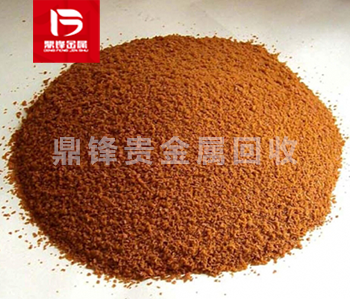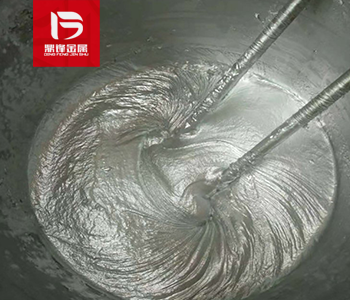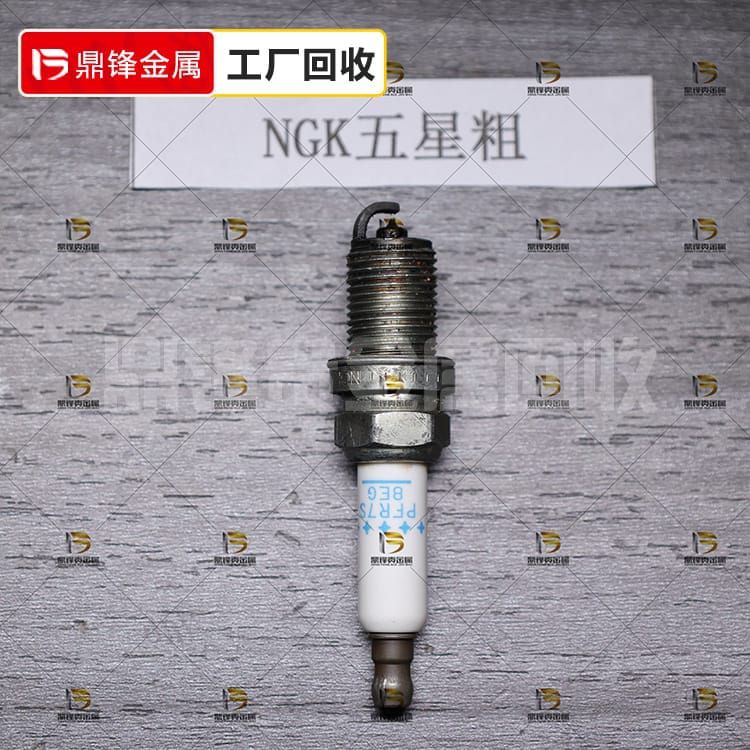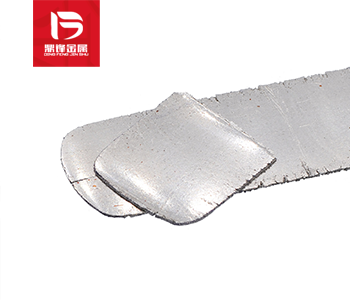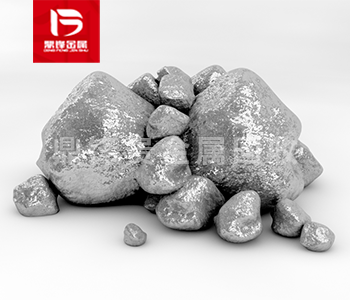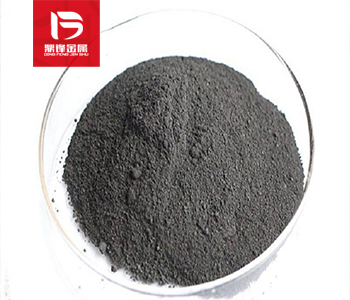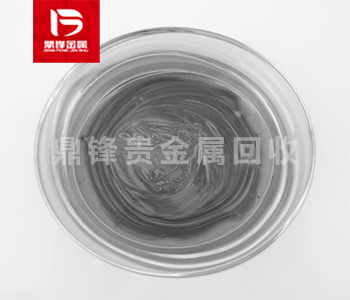Palladium(II) acetate recovery_ Palladium acetate recovery_ Precious metal catalyst recycling manufacturer
Palladium Acetate, also known as palladium acetate, is an organic acid salt compound of palladium with the chemical formula Pd(CH3COO)2. It is a colorless crystal in solid form at room temperature. Palladium acetate is soluble in organic solvents such as alcohol and ether, but has a low solubility in water. Waste palladium acetate is one of the sources for recycling palladium-containing precious metal catalysts. Other sources for recycling palladium-containing precious metal catalysts include palladium oxide recycling, palladium chloride recycling, palladium nitrate recycling, palladium iodide recycling, palladium catalyst recycling, palladium resin recycling, etc.
Product Details
Palladium acetate, also known as Palladium(II) acetate, is an organic acid salt compound of palladium, with the chemical formula Pd (CH3COO) 2. It is a colorless crystal that takes on a solid form at room temperature. Palladium acetate is soluble in organic solvents such as alcohols and ethers, but its solubility in water is relatively low.
Palladium acetate has the following significant properties and characteristics:
1. Catalytic performance: Palladium acetate is an efficient catalyst, particularly suitable for organic synthesis reactions. It can catalyze various reaction processes such as hydrogenation, oxidation, and carbonylation. The presence of palladium acetate can accelerate the reaction rate, improve the reaction yield, and have good selectivity.
2. Chemical stability: Palladium acetate is relatively stable and is not easily decomposed under conventional conditions. However, under the action of high temperature, strong oxidants or reducing agents, it may undergo decomposition.
3. Widely used: Palladium acetate has a wide range of applications in organic synthesis, chemical catalysis, and electronic materials. It can be used to prepare organic compounds, synthesize drugs, catalyze important reactions, etc. In addition, palladium acetate is also used as a material in the electronics industry, such as as as an electrode material for electronic devices.
There are various methods for preparing palladium acetate, and the following are two common methods:
1. Preparation of palladium acetate by alcohol solution method: Firstly, palladium powder and alcohol (such as ethanol) are added to the reactor, and excessive acetic acid is added to form a reaction system of palladium acetate. Then, by stirring and heating, the reaction system is fully mixed and maintained at a certain reaction temperature. After a period of reaction, filter the reaction mixture to obtain a solution containing palladium acetate. Finally, palladium acetate with high purity was obtained through steps such as distillation and crystallization.
2. Preparation of palladium acetate by oxidation method: Firstly, palladium powder is added to the reactor with oxidants such as acetic acid and hydrogen peroxide to form a reaction system of palladium acetate. Then, by heating the reaction system, the palladium powder reacts with the oxidant to oxidize to palladium acetate. After a period of reaction, the reaction mixture is filtered and crystallized to obtain palladium acetate with high purity.
Waste Palladium(II) acetate is one of the sources of recovery of palladium containing noble metal catalysts. Recovery sources of palladium containing noble metal catalysts include Palladium(II) oxide recovery, Palladium(II) chloride recovery, Palladium(II) nitrate recovery, Palladium(II) iodide recovery, palladium catalyst recovery, palladium resin recovery, etc. If you have any demand for palladium containing waste recycling, please call our 24-hour service hotline. Dingfeng Precious Metal Recycling and Refining Factory has independent recycling and refining factories without intermediaries to earn price differences. Our professional technical team and customer service personnel provide one-on-one services to ensure customer privacy during the recycling process.


